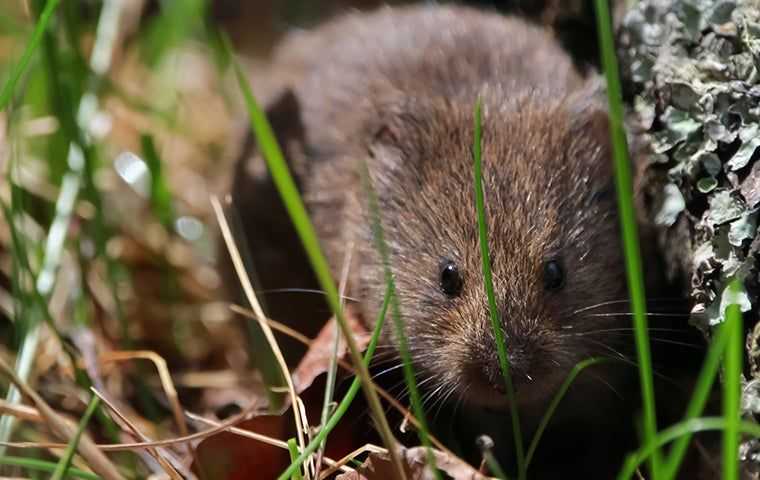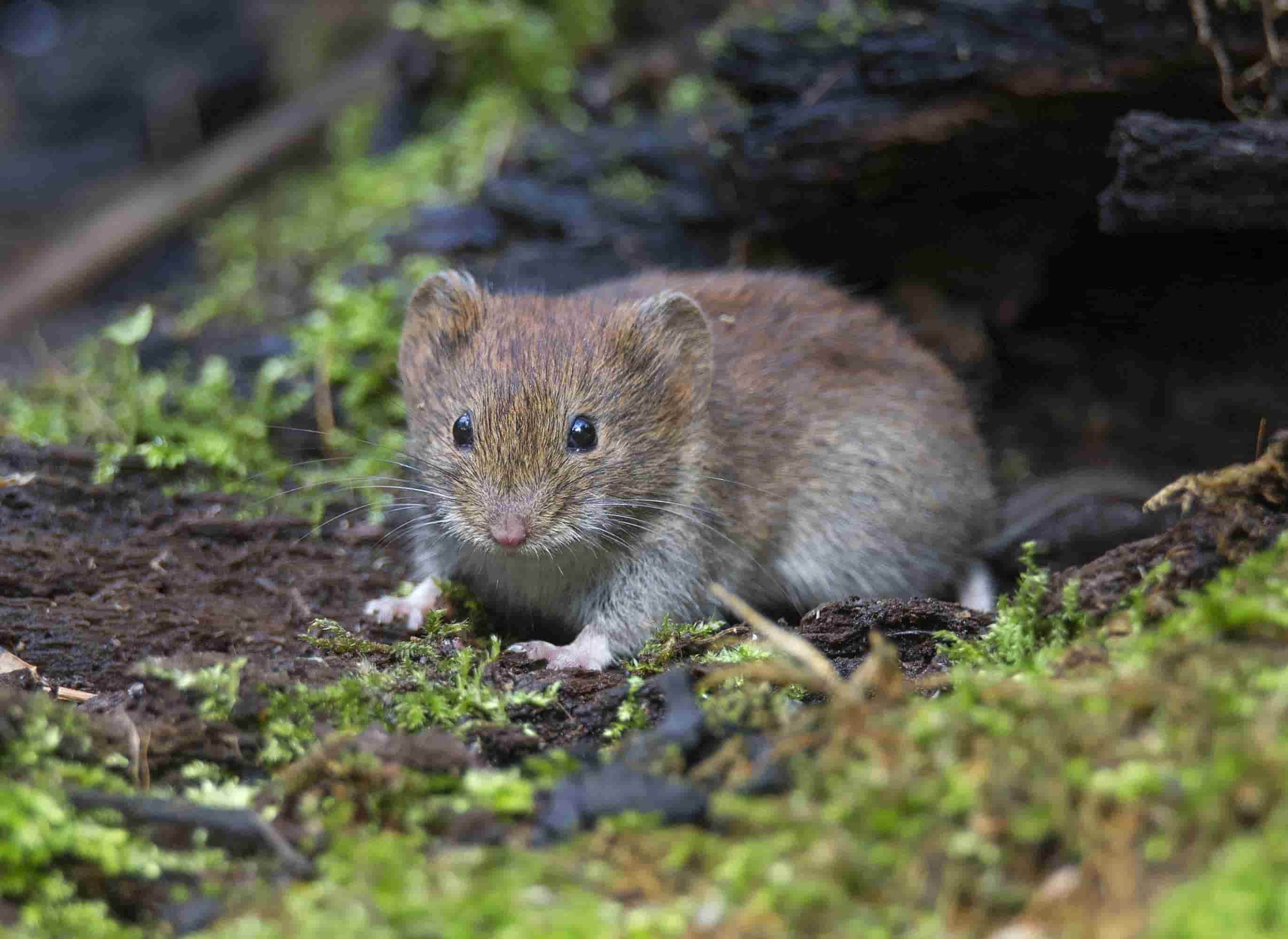Understanding Vole Insect Control: Thorough Insights on Problem Avoidance and Therapy Strategies
By recognizing the refined indications of vole infestation early on, we can take aggressive steps to prevent prevalent damage. In this discussion, we will certainly explore the subtleties of vole habits, delve right into the identification of problem indications, and discover the most efficient avoidance and treatment techniques.
Understanding Vole Actions
Taking a look at the foraging patterns of voles provides valuable understandings into their habits and habitat choices. Voles, little rats resembling mice, are herbivores known for their underground tunneling activities. By observing their foraging habits, scientists can acquire a far better understanding of where voles choose to develop their habitats and the degree of their ecological impact. Voles are respected breeders, with a solitary women efficient in generating several trashes in a year, making it crucial to comprehend their actions for efficient bug control strategies.
Research study shows that voles exhibit careful feeding behaviors, liking bulbs, seeds, and origins. This dietary choice affects their foraging patterns, leading them to areas abundant in plant life and ground cover. Additionally, voles are recognized to create sophisticated tunnel systems for foraging and nesting objectives, indicating a high degree of flexibility to their surroundings.
Comprehending vole habits is necessary for carrying out targeted bug control procedures that disrupt their habitat choices and foraging tasks (vole yard damage). By examining their behavior, specialists can establish much more effective avoidance and treatment strategies to take care of vole invasions

Identifying Signs of Vole Problem
Vole problems can be found by acknowledging particular indications of their existence in an area. Among one of the most common indicators of a vole invasion is the presence of surface area runways. Voles develop networks of slim pathways on the ground that are commonly around two inches wide. These paths are typically found in verdant areas or under mulch or ground cover where voles can relocate easily and look for food.
One more key sign of vole problem is the existence of tiny burrow openings in the ground. Voles dig shallow burrow systems with several entries and exits. These burrows work as sanctuary and nesting sites for the voles. Furthermore, voles are known to leave behind eaten plant stems, origins, and bulbs near their burrow openings, suggesting their feeding task in the area.
Additionally, vole droppings can likewise signify their existence. Vole droppings are tiny, brown, and round in form, appearing like grains of rice. Finding these droppings along runways or near burrow openings can verify a vole problem. By being watchful for these indications, homeowner can immediately resolve vole infestations and prevent further damages.
Applying Aggressive Avoidance Procedures

Additionally, employing all-natural vole deterrents like useful reference castor oil-based repellents or predator pee can serve as reliable safety nets. It is also suggested to frequently inspect exterior areas for any kind of indications of vole task, such as runways or burrow openings, to resolve potential invasions promptly. vole control. By embracing these proactive avoidance approaches, homeowner can substantially reduce the probability of vole damage and preserve the health and wellness and visual appeals of their landscapes
Reliable Therapy Strategies
Integrating targeted capturing methods and making use of accepted rodenticides are important components of reliable therapy strategies for handling vole invasions. Regular tracking and upkeep are additionally crucial aspects of effective treatment approaches to guarantee that vole populaces are kept under control. By combining trapping, rodenticides, environment adjustment, and regular tracking, reliable vole insect control can be attained.
Tracking and Upkeep Tips
Maintaining an organized schedule for tracking and conducting routine upkeep activities is vital to sustain the efficiency of vole parasite control steps. Normal monitoring permits the very early detection of vole activity, making it possible for prompt intervention prior to infestations intensify. To properly monitor vole populaces, purposefully placed catches can be made use of in vole runways or near burrow entryways. By regularly inspecting these catches, homeowner can evaluate the degree of vole task and adjust control methods as necessary.
In addition, keeping a clean and tidy landscape is important in vole prevention. Clearing up away particles, such as heaps of timber or dense vegetation, gets rid of prospective vole habitats. On a regular basis cutting and trimming grass plant life helps reduce vole hiding spots and reduces their access to food resources.
In addition, continuous upkeep of physical barriers, such as fences or cable mesh, is important to avoid vole invasion. Checking and repairing any damages to these frameworks makes certain that vole control stays efficient in protecting properties from infestations. By incorporating these surveillance and upkeep methods into a comprehensive vole pest control strategy, people can successfully handle vole populations and shield their buildings from damages.
Final Thought
In conclusion, understanding vole bug control requires a solid understanding of vole actions, the capacity to determine signs of problem, carrying out proactive avoidance steps, effective therapy techniques, and regular tracking and maintenance. By taking a thorough strategy to vole control, individuals can properly manage and prevent invasions, ultimately shielding their building and bordering environment view from damage caused by these link little rodents.
In this discussion, we will certainly discover the nuances of vole actions, delve into the recognition of problem signs, and reveal the most efficient prevention and therapy methods.Integrating targeted capturing approaches and utilizing authorized rodenticides are crucial components of efficient therapy techniques for taking care of vole infestations. To efficiently check vole populations, purposefully positioned traps can be used in vole paths or near burrow entrances. Checking and fixing any damages to these frameworks ensures that vole control stays reliable in securing residential or commercial properties from problems. By including these monitoring and upkeep practices into a detailed vole bug control strategy, individuals can properly take care of vole populaces and secure their properties from damages.